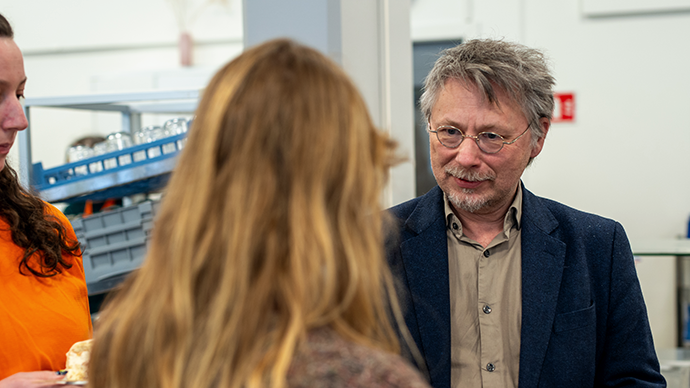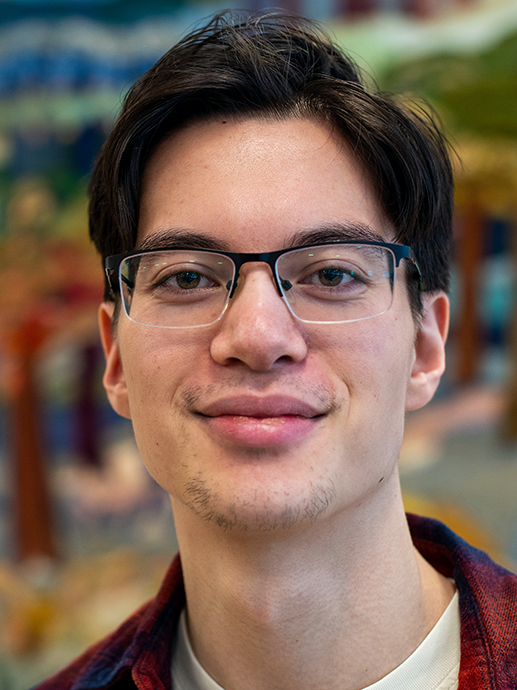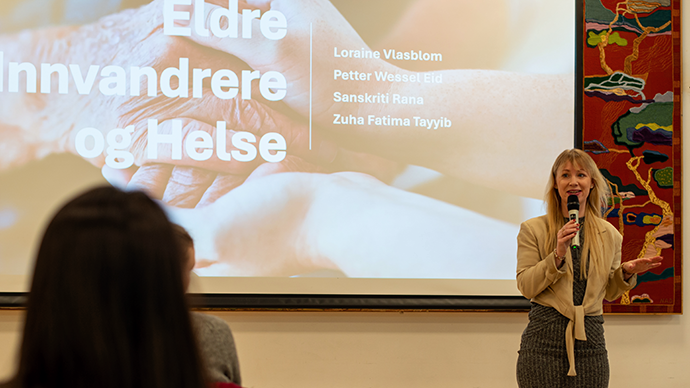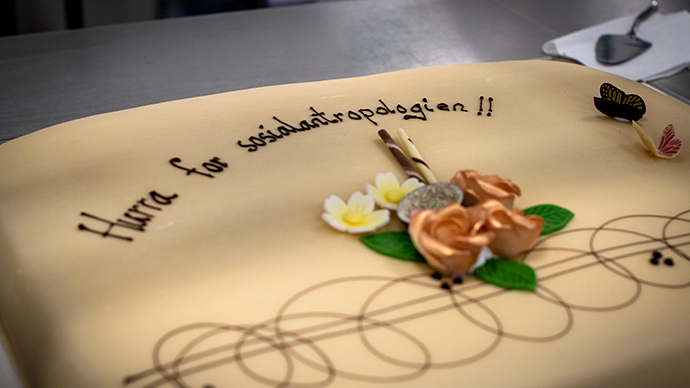This article is translated by UiOGPT Version 4
"Stovner tops, or should we say bottoms, any statistics," says Bjarne Træen, head of the section for politics and strategy in the district.
Figures from SSB and NAV show that he is correct. Both in the overview of high school dropouts, voter turnout, persistent low income, and the number of disabled, Stovner fares worse than most other districts in Oslo.
The district is actively working for knowledge-driven change. Throughout the spring, they have had visits from 25 master's students from the Department of Social Anthropology (SAI) at the Faculty of Social Sciences.
The master's students, through the practice subject Ethnography in Practice and commissioned by the district, have examined seven areas: Elderly immigrants and health, high school dropouts, communication between districts and residents, kindergarten and children outside kindergarten, engagement in the volunteer sector, public spaces, and voter turnout.
"Anthropology can give us a greater understanding of the cultural mechanisms that work behind the sometimes dire statistics," says Træen.
"We know there is too low voter turnout in the Stovner district, but we need to find out why, in order to do something about the problem."

Deep-rooted cultural differences
On Tuesday, 27 February, the results were presented to a packed district hall. Master's student Lars Gabriel Unlayao Slettebø has been involved in examining how various services and measures in the district are usually communicated to the residents.
"We were surprised at how deeply the cultural differences in the district actually go. A single gesture such as pointing with a finger can mean vastly different things to different people, based on background, religion, and worldview," he says.
"These are challenges that the Stovner district must be aware of when they tailor their communication."
Slettebø, who is a first-year master's student, has never before been out in the workforce applying his anthropology. He finds the experience very inspiring.
"I have seen the usefulness of the anthropological method. And I have become very positive about how anthropology can actually help to improve institutions, and achieve real change in society," he says.
"After this project, I can more clearly envision a job, for example as an anthropologist in a district.".

Of great value to both parties
Hege Høyer Leivestad leads the practical course at SAI. She is impressed by what the students have achieved, in a short time and with limited facilitation.
"The challenge for all students is the step from problematizing something to proposing concrete solutions. This is what our master's students get to test here," she says.
"We can call it a win-win situation. The district gets answers to questions they're curious about, while the students acquire skills that will be useful to them, regardless of which job they go into after completing their studies."
With the practical course, SAI is targeting work outside academia, to a much greater extent than other subjects in the course portfolio.
"Students must do things in a short amount of time, with a deadline, which should result in practical suggestions. There is a great value in that," says Leivestad.
.

Hope for continued cooperation
This is the first time SAI has collaborated with the Stovner district through the practical course Ethnography in Practice. Leivestad is pleased that the district administration reached out and believes that social anthropology as a method is well suited for this type of research – because anthropology students are drilled in participant observation and qualitative approaches.
"For instance, one group has accompanied the home care service. The students found out a lot about the tacit knowledge the staff in the home care service possesses. They can tell if the user has had breakfast or not by feeling if the kettle is warm. This type of everyday insight into the work situation is something you only get through the anthropological method," she says.
"But the starting point is always data and statistics. So a collaborative project with other disciplines could be really exciting."
Bjarne Træen, who himself holds a degree in social anthropology, is satisfied with the preliminary results. Although the facilitation could have been better and the students were pressed for time, he points out that they are on the track of many really good issues.
"We have looked at this year as a pilot. I am very eager for the collaboration to continue. We need this knowledge. Without knowledge, we are fumbling in the dark."

